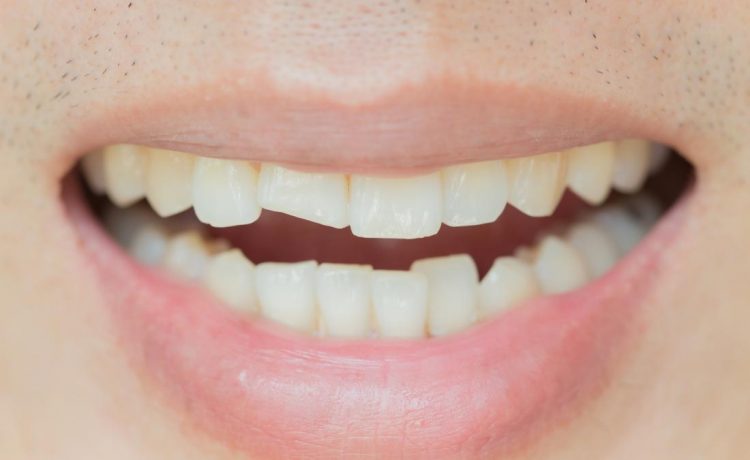If you experience pain while chewing food, or your teeth suddenly become sensitive to cold and heat you may be suffering from a cracked tooth. Leaving a cracked tooth untreated may lead to severe problems, pain, and discomfort over time.
Get your teeth evaluated by the dentist in Jackson Heights, New York if you experience any tooth sensitivity, pain, or discomfort.
Understanding cracked tooth
A cracked tooth or a fractured tooth, is when a fissure appears in your tooth. The crack can be small and harmless, or it can be so severe it can split your tooth.
This can be caused due to a normal aging process, pressure due to bruxism (grinding of teeth), large restorations that weaken the tooth, abrupt temperature changes (from eating hot to trying out something cold), or chewing hard foods.
A cracked tooth can cause the following symptoms
A cracked tooth can present with the following symptoms:
- Unexplained persistent pain while eating
- Extreme tooth sensitivity to warm and cold foods
- Difficulty pinpointing the exact location of the pain
- Swelling around the tooth
- Sudden tooth sensitivity to sweetness
There are a wide variety of cracks
There are several ways in which your tooth can fracture or crack, which determines the type of treatment required. These include:
Crazes
These are tiny, harmless, and vertical fissures that are most often considered to be a regular part of the tooth anatomy.
Oblique supragingival cracks
Cracks that affect only the tooth crown and do not extend subgingivally (below the gum line).
Oblique subgingival cracks
These cracks extend beyond the gum line and where the jawbone begins.
Vertical furcation cracks
These fractures occur when the roots of the tooth are involved affecting the nerves.
Oblique root cracks
These types of tooth cracks do not involve the tooth crown but are apparent only below the gum line and the jawbone.
Vertical apical root cracks
These types of cracks are rare that appear at the root tip (apex of the root).
Treating a cracked tooth depends on the severity of the condition
A cracked tooth can be diagnosed through the naked eye or dental X-rays. Root canal therapy is the most viable treatment option for most cases. This involves the removal of the pulp, nerves, and vessels and the resulting space will be restored with biocompatible material (gutta-percha). A crown will be placed to stabilize the tooth and restore its normal function. However, if the crack is too severe, your dentist will eventually recommend extraction.
Conclusion
Accidents and other causes can break a tooth, however, treatments may save it, restoring the function, and your appearance to prevent further dental problems.
















